Kamal - a BIPOC Outdoor Mental Health Story
Content warning: This article mentions anxiety and depression.
“My brain can’t go a million different directions at once when I’m rock climbing,” said Kamal, a Black American wildlife biologist living in the Pacific Northwest. “It’s my life on the line.” Being diagnosed with ADD, anxiety and seasonal depression in his 20s didn’t solve his mental health problems, however, it did let him know what he was up against. Before that, he spent several years in the U.S. Navy where he often blamed himself for the way his brain functioned. “I never really put it together that something was wrong,” Kamal recalled. “It wasn’t until I got out and started seeking help that I realized that my brain doesn’t work the same as everyone else’s.” Learning from other neurodivergent people has helped him view ADD in a more positive light.
“Depression on the other hand has no positive side,” said Kamal. “You get up sad even though nothing has necessarily happened or you get up in a bad mood and then you’re just in a slump. It’s not something you can work yourself out of.” The combination of neurodiversity and mental illness is also challenging. One example is the tendency to withdraw from social situations. “There are [also] elements of having depression and social anxiety that make it hard to be in a relationship,” Kamal added. “I’m not always able to provide the consistency that most people need. I like to think that I’m doing fairly well until I’m faced with the fact that I’m not.”
“Dealing with mental health issues and, on top of that, having to constantly put on a mask and code switch and survive in a place that’s outside of my culture—all while being one of a handful of Black people in my field—has been stressful.”
He’s worked with many different counselors over the years, starting with the Department of Veteran Affairs—the largest health system in the United States. Ten percent of veterans have major depression requiring treatment, compared to 6.7% of U.S. adults, so Kamal isn’t alone. Despite first seeking care from VA therapists, who were predominantly white, he now feels more comfortable seeing therapists of color. “I just think there are some things that are specific to being in a marginalized group,” said Kamal. “I don’t always feel very comfortable saying what I want to say to white counselor.”
His current therapist is of Southwest Asian/North African (SWANA) descent. Having shared experience as people of color living in the U.S. has been helpful. One practical benefit is the ability to share an experience involving racial discrimination without first having to explain what that is and how it affects him. “Knowing that they have also had the experience of growing up as a minority in this country, even though they're not Black means we’re going to find some similarities,” he reflected.
Outside of treatment, Kamal has become pretty adept at masking his symptoms at work. ”I’ve gotten myself to the point where I can throw on a mask and be happy for Zoom meetings and do the things I need to survive,” he explained. He also chases dopamine hits through spending a lot of time outdoors.
“The generation that I’m in and the generation coming up want help, but we don’t necessarily have the family support.”
Climbing enables Kamal to focus and be present in the moment, while hiking provides peace and quiet and an escape from the world at large. “I get caught up in these repetitive cycles,” he added. “I know if I get outside or spend time with friends, I can disrupt the cycle—at least for a little while, but getting the motivation to get up and do those things is the issue.” Nature does not cancel out his mental illnesses, however it does offer “some quiet, some ability to focus and a chance to just step outside of my normal thoughts.”
Q&A
What has life been like as a Black scientist living and working in rural white America?
Dealing with mental health issues and having to constantly put on a mask and code switch to survive in a place that’s outside of my culture—all while being one of a handful of Black people in my field—has been stressful.
I’m a first-generation college student, the first person to get my masters and the first person to seek their PhD. Whether I like it or not, I get used as a role model for my nieces and cousins—“If you do this and this, you can be like Kamal.” Part of me likes that they have that view of me even though I don’t necessarily see myself that way.
Then there’s the expectation of excellence that goes along with being one of the only Black people in any field, especially the sciences. I can’t just show up and do my job. I have to be a representative for every Black person that’s out there because these people have never interacted with a Black person before. That’s not even counting the people who are openly hostile to you. I’m a biologist which has required me to spend time out in the field in remote areas and often alone so there’s that. Yeah, so add that stress on top of my ADD, seasonal depression, social anxiety and the stress of just coming in and doing my job.”
What can the outdoor community do differently?
I think that within BIPOC families and cultures, many of us are dealing with stigma against mental health. There can be a tendency to not take mental health seriously. It’s important that we have these conversations and that we bring in people who look like us to guide us through them. The generation that I’m in and the generation coming up want help, but we don’t necessarily have the family support. A lot of the people who work in mental health and who are BIPOC also like to go outside. I think we could have some of these conversations alongside those professionals.
Get help today
Department of Veteran Affairs, Veteran Crisis Hotline: 800-273-8255 or text 838255
The National Suicide Prevention Hotline: 800-273-8255
Nacional de Prevención del Suicidio: 888-628-9454
Deaf & Hard of Hearing National Suicide Prevention Hotline: 800-799-4889
The Trevor Project Suicide Prevention Hotline for LGBTQ+ Youth: 866-488-7386




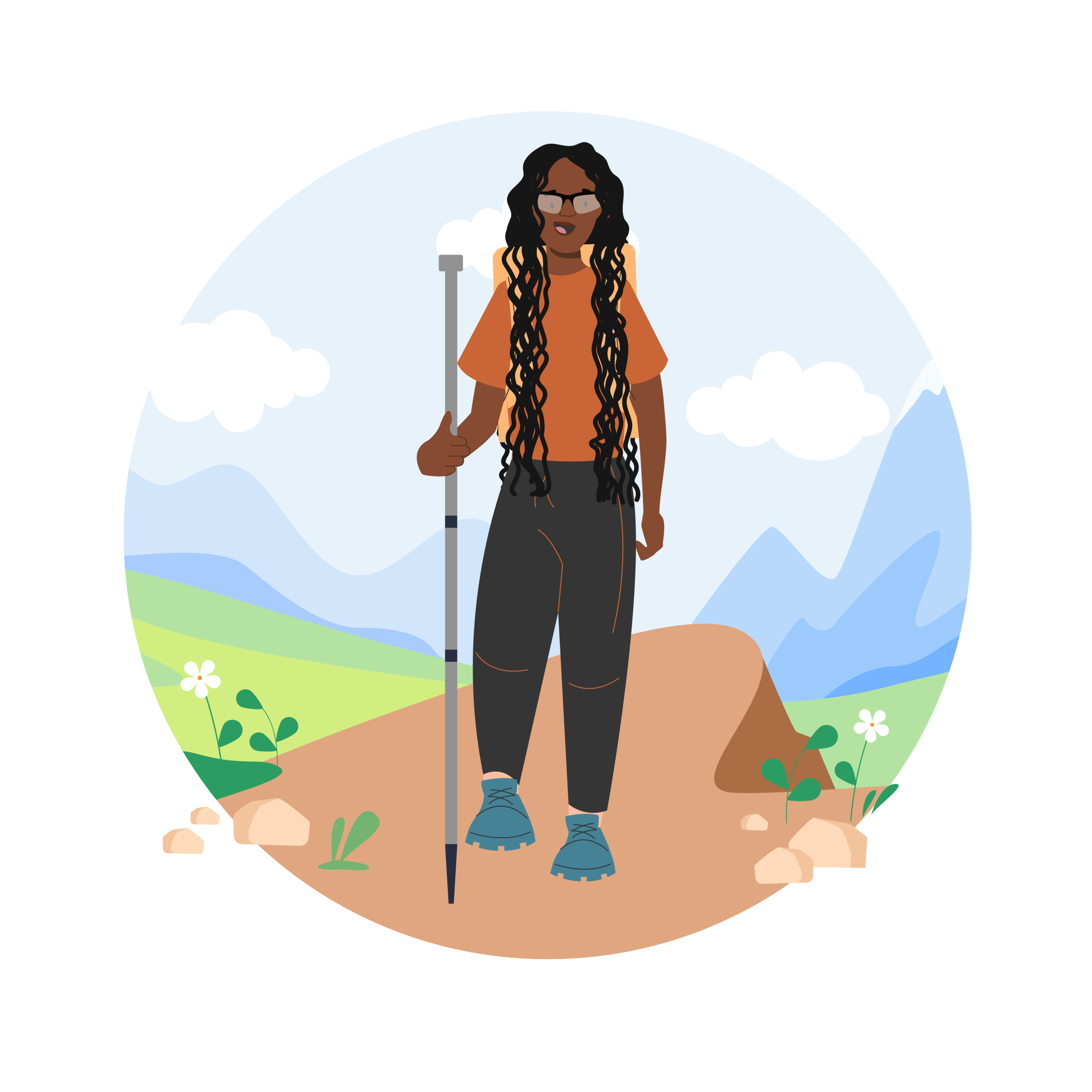
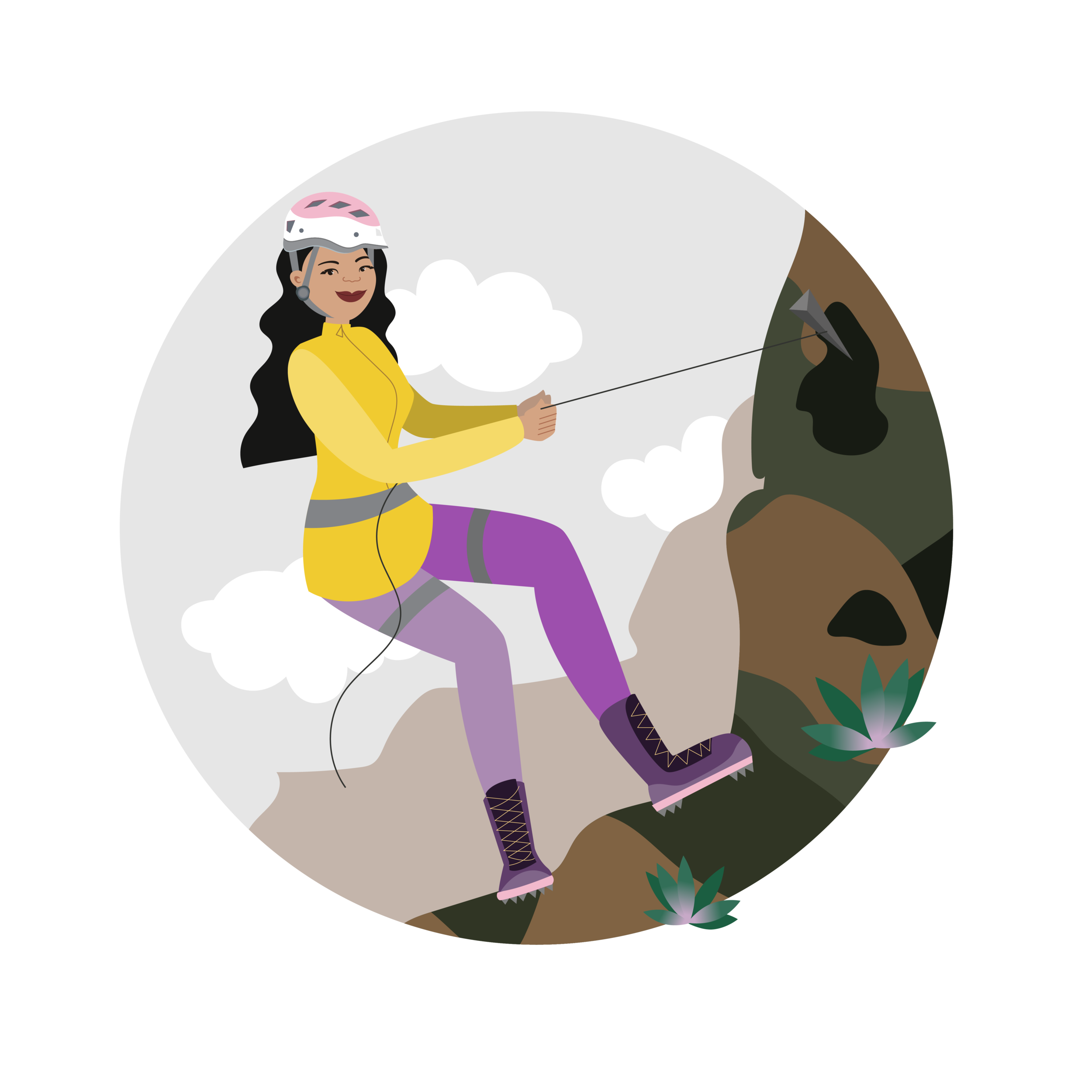


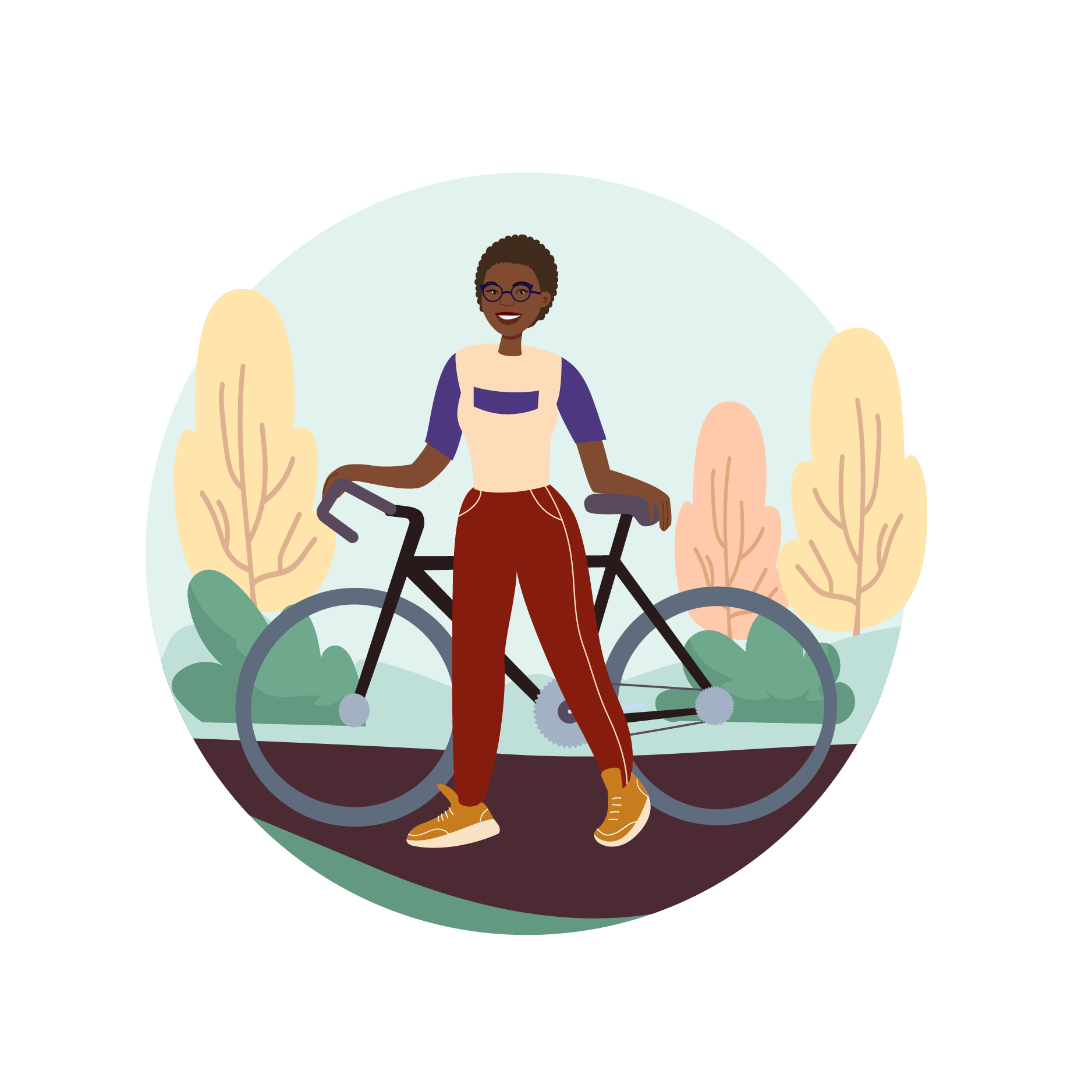
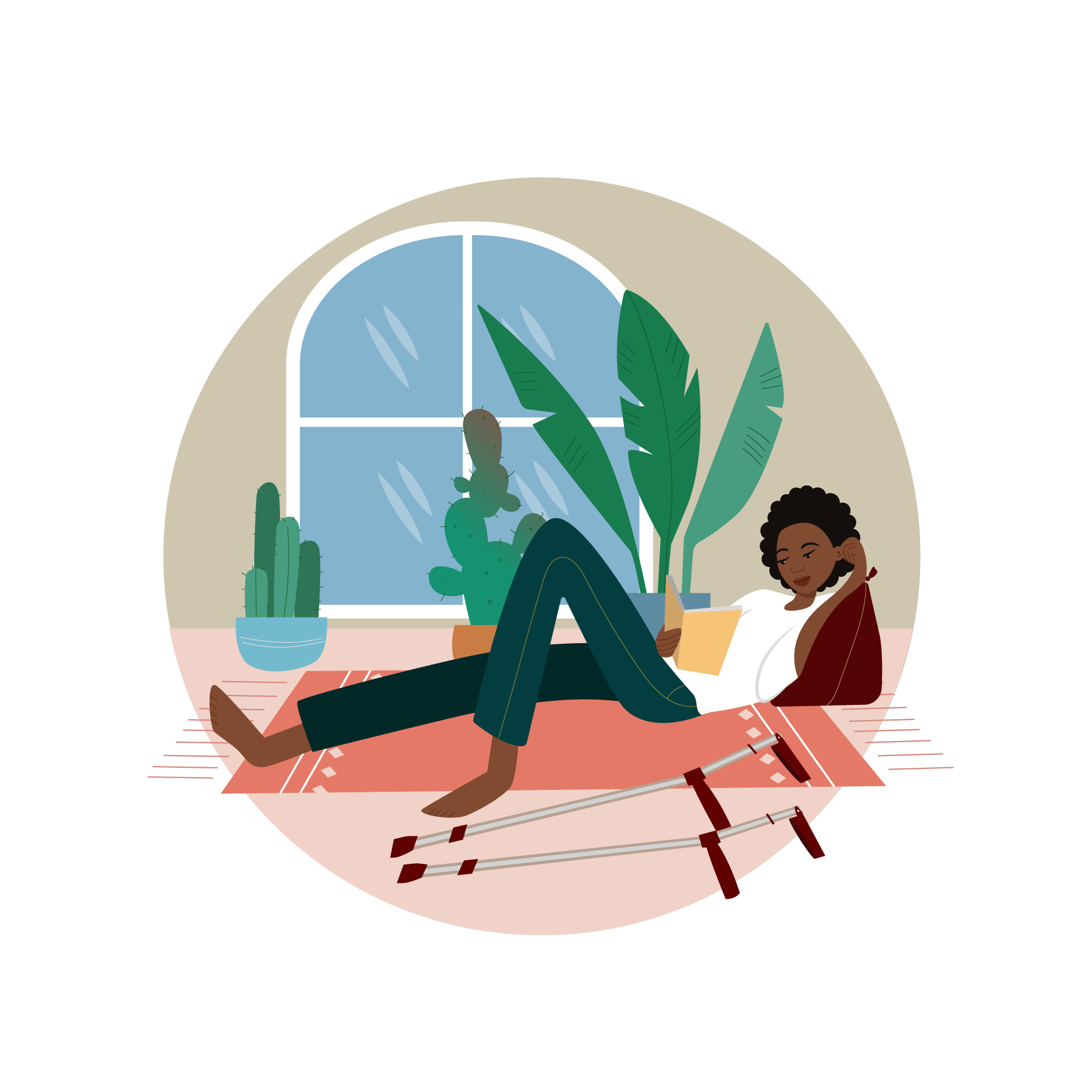








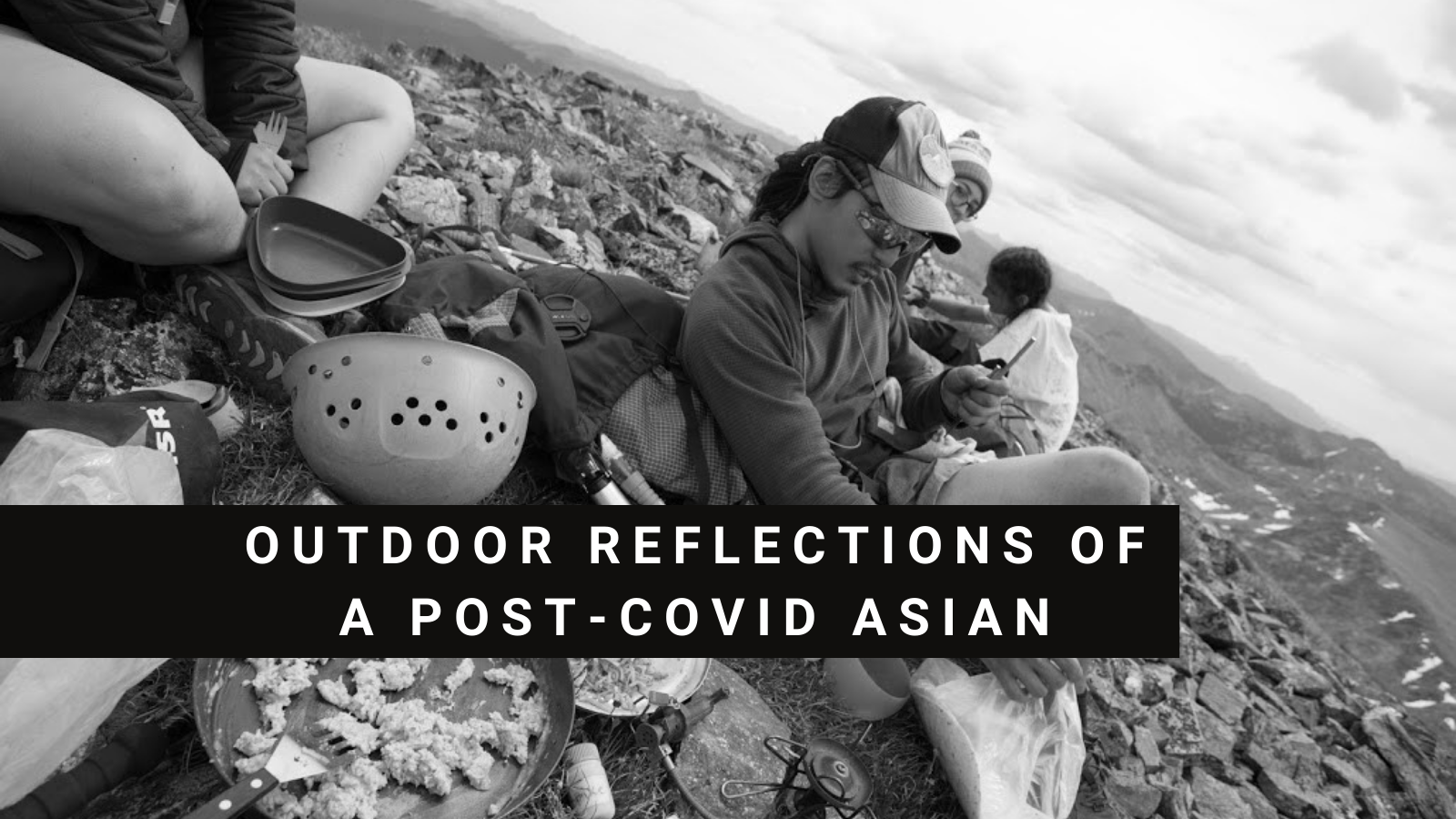

Dear Black men, when was the last time you went hiking? A week ago? Last summer? Never? Of the many hobbies people pick up, hiking is not always well-received in African American communities. I would like to change that. Some will say, “Does being Black matter?” Yes, without a doubt.